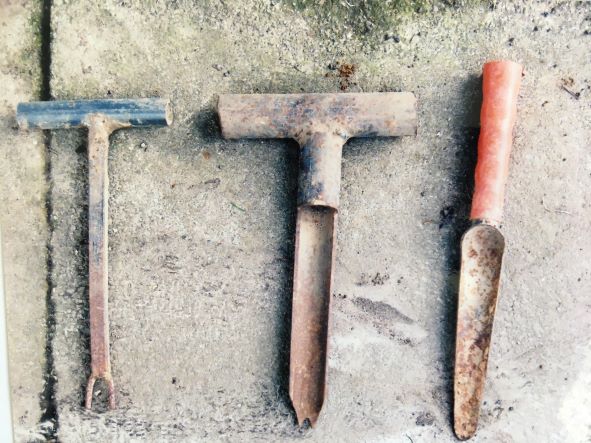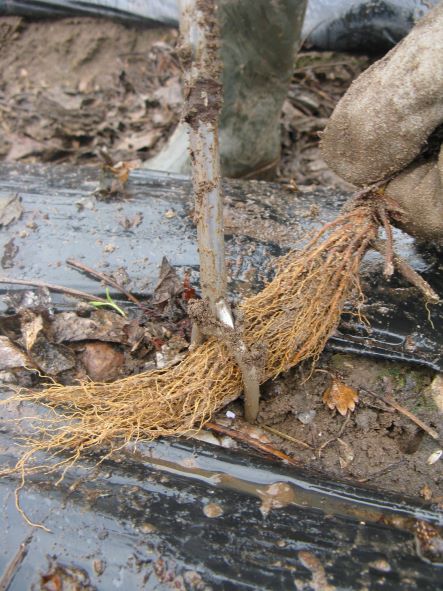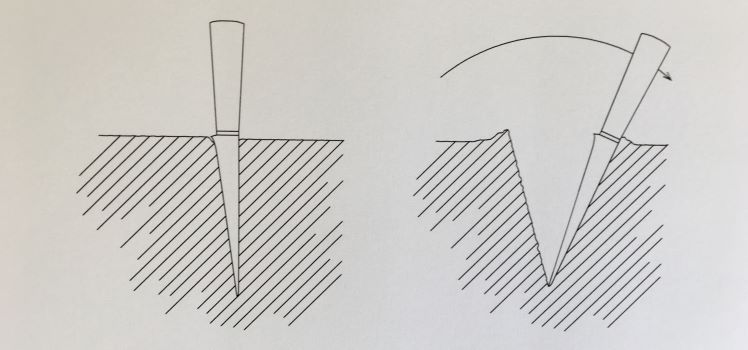Please click here to access the main AHDB website and other sectors.
- Home
- Knowledge library
- Planting and post-planting management of strawberries
Planting and post-planting management of strawberries
From preparing the soil to moisture and temperature requirements, this guide contains key tips and techniques for creating the ideal conditions to ensure your crop grows and establishes well.
Go back to: Extending the UK strawberry growing season: Planting and establishment
Planting medium
The ideal conditions and properties of the soil/substrate required for strawberry production is too large a subject to do justice to here.
For now, it is sufficient to state that poor soil preparation, or incorrect physical properties of soilless substrates used as a planting medium, will lead to poor root growth and ultimately unsatisfactory yields.
Planting
In all cases, either bare root or modular/potted plants are planted.
The quality and health of the chosen material must be satisfactory before planting and the soil or substrate should always be moist (but not too wet) when planting.
You should follow these guidelines:
- Aim to insert plants so that there is maximum contact between soil/substrate particles and the full length of bare roots or modular compost.
- With bare root plants, do not allow the roots to wrap or fold back on themselves.
- For bare root plants, T-bars, planting tubes or narrow trowels are used.
T-bars, planting tubes or narrow trowels are commonly used for planting bare root plants

Image © ADAS
- All should work to the principle of inserting the plant to the exact depth. The plant is generally held in place by hand while the planting tool is removed. The soil/substrate is then firmed around the crown of the plant.
Plant being inserted into the soil

Image © ADAS
- For pot or modular plants, traditional trowels are generally employed in the soil, while hands are required for bag/substrate crops.
Correct use of a trowel for planting potted plants or modules

Image © FAST Ltd
- Use the trowel correctly – Avoid air pockets and smearing by training the planters to use the trowel correctly. Insert the trowel in the soil and pull once towards the planter. Do not push the trowel back and forth as this will create the air pockets and can cause smearing of the soil.
- Planting depth is critical and a bare root plant should be inserted so that the crown tissue is flush with the soil or substrate, not proud of it.
- A modular plant should be inserted so that the top of the module or pot is just covered, but the top of the plant crown should remain uncovered.
- Planting depth is critical in all instances and the crown should never be covered.
Post-planting management
Management after planting should ensure that the plant suffers no stress, with new roots being allowed to develop rapidly.
The exact form of management will depend on the system employed and the time of year. However, the two crucial factors are:
- Soil/substrate moisture content.
- Leaf environment/air temperature.
To ensure optimal conditions are available for plants to become established, it is important to consider the following:
- In all cases adequate soil/substrate moisture is present at all times. Ideally the root environment should remain constant and the growing medium should not be allowed to become either too wet or too dry.
- A constant environment around the leaf canopy is maintained and water evaporation and transpiration is kept to a minimum.
- Plants that become established in the autumn and winter lose less water through leaf transpiration than those planted in spring and summer, when temperatures are higher.
- Past research into establishing 60-day plants in the summer demonstrated a relationship between average temperature during establishment and subsequent yield, whereby yield decreases with increasing temperature.
- Misting systems should be considered to ensure a film of moisture remains on the leaf surface of spring and summer plantations. This will help to lower leaf temperature and reduce evaporation and transpiration.
- Where overhead misting has been used until first flower on 60-day plantations, the number of flowers per plant will increase.
- Where weather conditions are warm and dry, misting can also reduce the number of misshapen fruits that form.
- Misting systems are usually an integral part of commercial glasshouses and fixed polythene tunnels. However, temporary solid-set misting systems need to be used for field-grown crops. HDC-funded research (SF 57) demonstrated that sprinklers should be used until first open flower. Later applications, during the flowering period, could contribute to fruit malformation.
It is understood that daily overhead spot watering to aid establishment is less effective than misting. However at least one round of drenching will help to settle loose soil around the roots, making for improved soil/root contact.
Original authors
Scott Raffle, AHDB, Robert Irving, ADAS and Graham Moore, FAST Ltd

